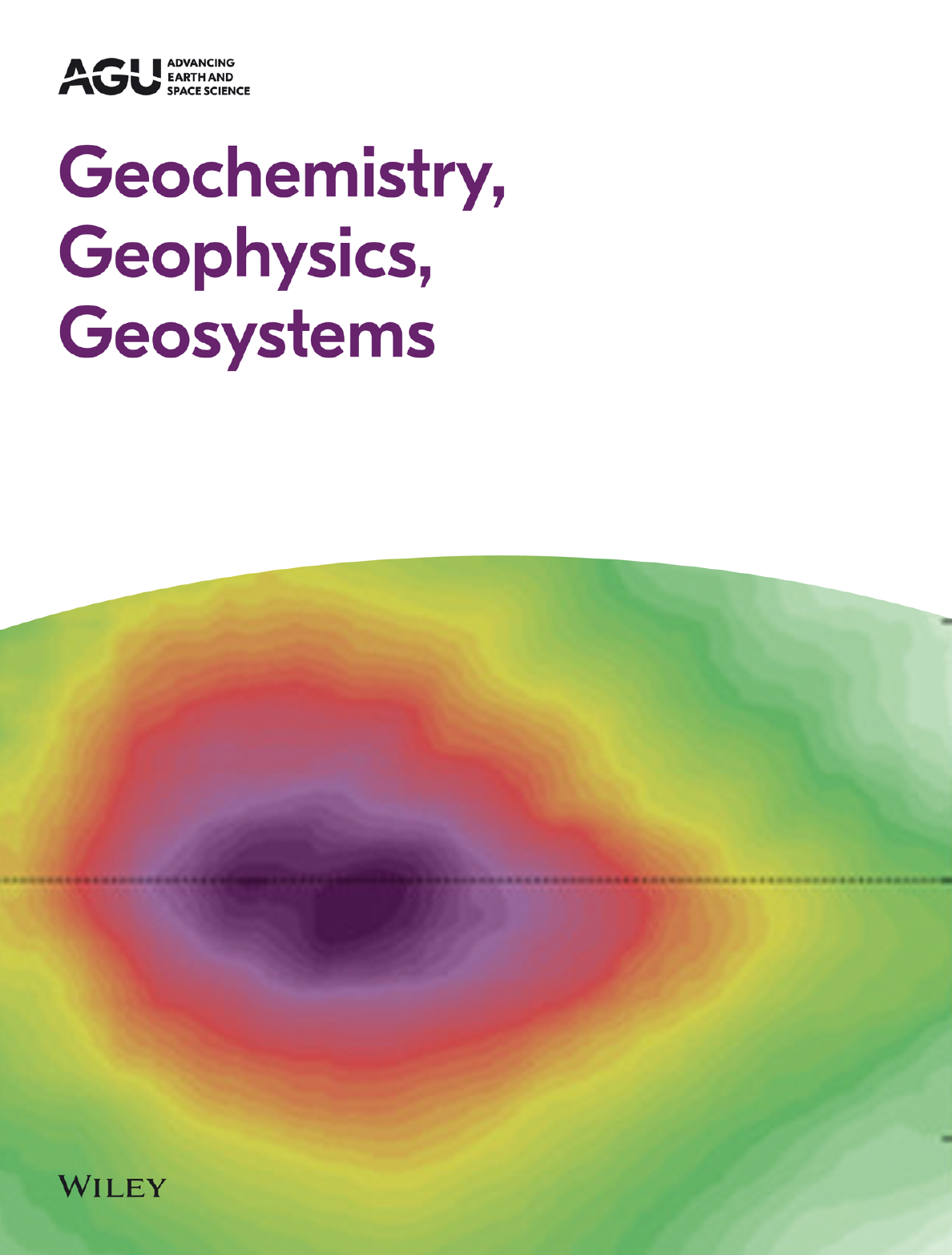Isotope geochemists from Guangzhou Institute of Geochemistry developed a new method to understand sulfur isotope effects in planetary processes
Sulfur occurs as four stable isotopes (32S, 33S, 34S, and 36S), and the natural abundances of 32S, 33S, 34S, and 36S are approximately 94.99%, 0.75%, 4.25%, and 0.01%, respectively. Recent findings suggest that both SO2 photolysis and sulfur recombination reactions can lead to quadruple sulfur isotopic anomalies, a proxy widely used for biogeochemical and cosmochemical processes. The latter one is likely an isotope effect linked to symmetry-dependent chemistry, which widely occurs in planetary atmospheres. However, the symmetry-dependent isotope effect is not well understood due to the lack of experimental evidence. Quadruple stable sulfur isotope analysis of elemental sulfur (S0), a ubiquitous component in the atmospheres of early Earth and Mars, is a major product or reactant in most experiments. Developing different chemical protocols for isotopic analysis of S0 is consequently of utility. For this reason, Mang Lin, a research professor from the State Key Laboratory of Isotope Geochemistry at Guangzhou Institute of Geochemistry, Chinese Academy of Science, and his colleague Prof. Mark Thiemens from University of California San Diego made one step towards this goal and the experiments were started.
In a paper recently published in G-cubed (Geochemistry, Geophysics, Geosystems), Lin and Thiemens outlined a new protocol for the chemical pretreatment of S0 directly using a mixture of hydriodic acid, hypophosphorous acid, and hydrochloric acid. The new protocol eliminates time-consuming works of preparing or purifying chemical reagents and offers a new avenue for rapid isotope analysis of S0 produced from laboratory experiments and extracted from natural samples. The research team examined the applicability of this new method on S0 produced in a set of pilot chemical physics experiments relevant to planetary processes such as impacts and volcanoes. They found small but analytically resolvable sulfur isotopic anomalies and discussed their implications for interpreting Archean rock and Martian meteorite data. The results highlight the applicability of this new technique and an urgent need of understanding fundamental mechanisms of sulfur isotope effects in various planetary processes. Further experimental tests of planetary-relevant symmetry-dependent isotope effects are currently underway and will be reported in the near future.
This study was in part supported by Key Research Program of Frontier Sciences, Chinese Academy of Sciences (ZDBS-LY-DQC035), and Key Special Project for Introduced Talents Team of Southern Marine Science and Engineering Guangdong Laboratory (Guangzhou) (GML2019ZD0308) to M. L.
Lin, M., & Thiemens, M. H. (2020). A simple elemental sulfur reduction method for isotopic analysis and pilot experimental tests of symmetry‐dependent sulfur isotope effects in planetary processes. Geochemistry, Geophysics, Geosystems, 21, e2020GC009051. https://doi.org/10.1029/2020GC009051
